Home>Garden Essentials>How To Plant Dill Seeds
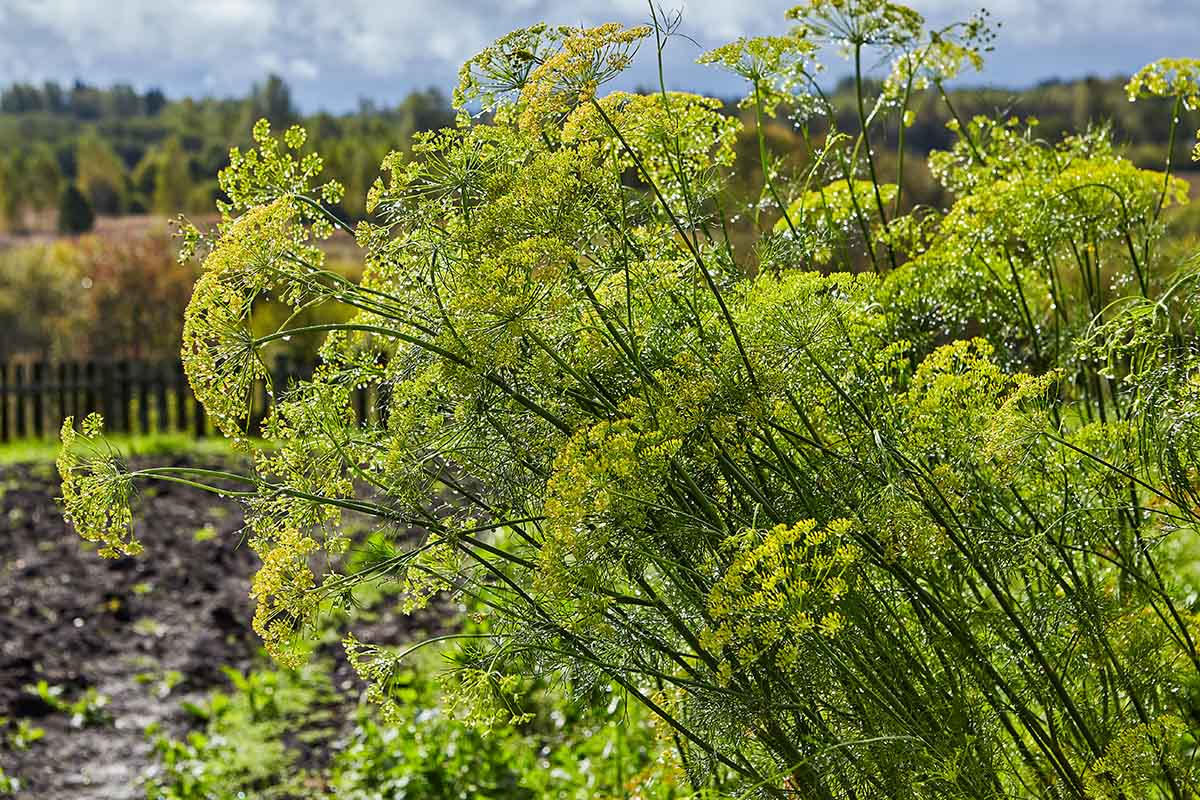

Garden Essentials
How To Plant Dill Seeds
Modified: March 15, 2024
Learn how to plant dill seeds in your garden and enjoy a bountiful harvest of this aromatic herb. Get step-by-step instructions and expert tips.
(Many of the links in this article redirect to a specific reviewed product. Your purchase of these products through affiliate links helps to generate commission for Storables.com, at no extra cost. Learn more)
Introduction
Welcome to the world of gardening! If you’re a fan of fresh herbs and adding a burst of flavor to your culinary creations, then planting dill seeds is a must. Dill is a versatile and aromatic herb that can elevate the taste of many dishes, from salads to pickles and everything in between. In this article, we will guide you through the process of planting dill seeds and share some tips and tricks to ensure a successful and bountiful harvest.
One of the great things about dill is that it is relatively easy to grow. Whether you have a large backyard or a small balcony, you can cultivate this herb and enjoy its benefits. Before we jump into the nitty-gritty details of planting dill seeds, let’s first explore the importance of choosing the right location for your herb garden.
Key Takeaways:
- Choose a sunny spot with well-draining soil to plant dill seeds. Keep the area weed-free, and add organic matter to the soil for a healthy and thriving herb garden.
- Harvest dill leaves when they reach 8-10 inches in length and store them in the refrigerator or freezer for later use. Dry and store dill seeds for up to a year in a cool, dark place.
Read more: How Deep To Plant Dill Seeds
Choosing the Right Location
When it comes to growing dill, the first step is to select the perfect location for your herb garden. Dill thrives in full sun, so it’s essential to choose an area that receives at least six to eight hours of direct sunlight each day. This will ensure that your dill plants receive the necessary light energy to grow and develop into healthy, vibrant herbs.
In addition to sunlight, dill also prefers well-draining soil. It doesn’t like to have its roots sitting in waterlogged soil, as this can lead to root rot. Therefore, it’s crucial to choose an area with good drainage. If you’re planting in containers, make sure they have drainage holes at the bottom to allow excess water to escape.
Furthermore, consider the proximity to other plants in your garden. Dill has a tall, lacy growth habit, so it’s important to position it in a way that won’t create unwanted shading on other sun-loving plants. You don’t want your dill plants to block the sun from reaching your tomatoes or peppers, for example.
Lastly, think about accessibility. Place your dill plants in a location that is easy to access for watering, harvesting, and adding fertilizers or organic matter to the soil. You’ll want to be able to check on your plants regularly and perform necessary maintenance tasks without any obstacles in the way.
By carefully selecting the right location for your dill plants, you’ll lay the foundation for a successful growing season. Now, let’s move on to the next step: preparing the soil.
Preparing the Soil
Before planting dill seeds, it’s important to prepare the soil to create a favorable environment for your plants to thrive. Dill prefers soil that is well-drained, fertile, and enriched with organic matter.
Start by removing any weeds or grass from the area where you plan to grow your dill. This will help prevent competition for nutrients and reduce the risk of pests and diseases. You can manually pull out the weeds or use a garden tool like a hoe to loosen the soil and remove any unwanted vegetation.
Next, loosen the soil with a garden fork or tiller. This will improve the drainage and aeration of the soil, allowing the roots of your dill plants to penetrate easily and access essential nutrients. Avoid over-tilling, as it can disrupt the soil structure and lead to compaction.
Once the soil is loosened, it’s time to amend it with organic matter. This can be in the form of well-rotted compost, aged manure, or other organic materials. Organic matter helps improve the soil’s fertility, moisture retention, and overall texture. Spread a layer of organic matter over the soil surface and mix it in thoroughly using a garden fork or tiller.
After incorporating the organic matter, it’s a good idea to perform a soil test. This will give you valuable information about the pH level and nutrient content of your soil. Dill prefers slightly acidic to neutral soil, with a pH range of 6.0 to 7.0. If your soil pH is outside of this range, you can make adjustments by adding lime to raise the pH or sulfur to lower it.
Once you’ve prepared the soil, it’s time to move on to the exciting part: planting dill seeds! But before we get into that, let’s make sure you have all the necessary tools and supplies ready, such as a garden trowel, watering can, and high-quality dill seeds.
Planting Dill Seeds
Now that you have prepared the soil, it’s time to plant your dill seeds. Dill can be directly sown into the ground or started indoors and then transplanted outside. Here, we will focus on direct sowing, which is a simple and straightforward method.
Choose a sunny day to plant your dill seeds. The optimal time for planting is in the spring after the last frost date in your area. Ensure that the soil temperature is around 60°F (15.5°C) or higher, as dill seeds germinate best in warm soil conditions.
Using a garden trowel or your fingertip, create shallow furrows in the prepared soil. The furrows should be approximately ¼ to ½ inch (0.6 to 1.3 cm) deep and spaced at least 12 inches (30 cm) apart. This spacing allows enough room for the dill plants to grow and spread out.
Place the dill seeds into the furrows, spacing them about 1 inch (2.5 cm) apart. Gently cover the seeds with soil, ensuring they are not buried too deeply. Dill seeds require light to germinate, so a light covering of soil is sufficient.
Water the planting area gently but thoroughly after sowing the seeds. Make sure the soil is evenly moist but not waterlogged. Avoid excessive watering, as it can lead to seed rot.
Within 7 to 14 days, you should start to see the dill seeds sprouting and tiny seedlings emerging from the soil. As they grow, thin out the seedlings to provide ample space for the remaining plants. Thin them to a spacing of about 6 to 12 inches (15 to 30 cm) apart.
Now, your dill seeds are planted, and the journey to a bountiful herb garden begins. In the next section, we will discuss the important topics of watering and fertilizing your dill plants.
Watering and Fertilizing
Proper watering and fertilizing are essential for the healthy growth and development of your dill plants. Let’s explore the best practices for keeping your dill well-hydrated and nourished.
Watering is crucial during the early stages of growth when the dill plants are establishing their root systems. After planting the seeds, make sure to keep the soil consistently moist until the seedlings emerge. Be careful not to overwater, as this can lead to root rot. Aim for watering the dill plants deeply once or twice a week, depending on the weather conditions. Adjust the frequency based on rainfall and the moisture levels of the soil.
As the dill plants mature, they become more drought-tolerant. However, it’s still essential to provide adequate water during the dry summer months. When watering, try to avoid splashing water onto the foliage to minimize the risk of fungal diseases. Water at the base of the plants, allowing the water to penetrate deep into the soil.
In terms of fertilizing, dill is a moderate feeder. Start by incorporating organic matter into the soil during the preparation stage, as we discussed earlier. This will provide a good foundation of nutrients for your dill plants.
About a month after planting, you can begin applying a balanced organic fertilizer. Look for a fertilizer with equal amounts of nitrogen, phosphorus, and potassium (NPK). Follow the manufacturer’s instructions for application rates, as different products may vary.
Another option is to use compost tea or a diluted liquid organic fertilizer to feed your dill plants. Apply these liquid fertilizers every two to three weeks during the growing season to ensure a steady supply of nutrients.
Remember to always water your dill plants before applying fertilizer. This will help prevent root burn and ensure proper absorption of nutrients.
With the right watering schedule and consistent application of organic fertilizers, your dill plants will thrive and reward you with abundant foliage and flavorful herbs. In the next section, we will discuss the benefits of mulching your dill plants and how to do it effectively.
Plant dill seeds in well-drained soil, about 1/4 inch deep and 18 inches apart. Water regularly and ensure they get plenty of sunlight. Dill grows best in warm weather.
Read more: How To Use Dill Seed
Mulching
Mulching is a beneficial practice for your dill plants as it helps conserve moisture, suppress weeds, and promote a healthier growing environment. Let’s delve into the importance of mulching and how to effectively mulch your dill plants.
One of the main advantages of mulching is its ability to conserve moisture in the soil. By adding a layer of organic mulch around your dill plants, you can reduce water evaporation from the soil surface, minimizing the need for frequent watering. This is especially beneficial during hot summer months when water can quickly evaporate from the soil.
Mulching also helps suppress weeds, which compete with your dill plants for nutrients, water, and sunlight. A thick layer of mulch can smother weed growth and reduce the need for manual weeding, saving you time and effort. Weeds can also harbor pests and diseases, so by preventing their growth, you can minimize potential problems for your dill plants.
When it comes to choosing the mulch for your dill plants, organic options work best. Materials such as straw, dried leaves, grass clippings, or compost make excellent mulches. Avoid using synthetic materials like plastic, as they can trap heat and moisture, potentially causing root rot or fungal diseases.
To mulch your dill plants, start by thoroughly watering the soil around them. This will help settle the mulch and prevent it from blowing away. Spread a layer of mulch that is about 2 to 3 inches (5 to 7.5 cm) deep, making sure to leave a small space around the base of the plants to avoid trapping moisture against the stems.
Keep in mind that mulch should be pulled away from the base of the plants to prevent moisture buildup and potential rot. Maintain a mulch-free zone of about 1 to 2 inches (2.5 to 5 cm) around each dill plant.
Periodically check the mulch layer and replenish it as needed, especially if it starts to decompose or thin out. Mulch that is in good condition not only improves moisture retention and weed control but also adds organic matter to the soil as it breaks down over time, enhancing soil fertility.
With proper mulching, you’ll provide a favorable environment for your dill plants to flourish. In the next section, we will address common pests and diseases that can affect dill and how to control them.
Controlling Pests and Diseases
While dill is generally a hardy and resistant herb, it can still fall victim to certain pests and diseases. Being proactive in pest and disease control is crucial to ensure the health and productivity of your dill plants. Let’s explore some common pests and diseases that can affect dill and how to manage them effectively.
One of the most common pests that attack dill plants is the aphid. These small, sap-sucking insects can quickly multiply and cause damage by feeding on the foliage of your dill. To control aphids, regularly inspect your plants and manually remove them by spraying a strong stream of water or by wiping the leaves with a cloth. Alternatively, you can introduce natural predators like ladybugs or lacewings to the garden to help keep aphid populations in check.
Another troublesome pest that can affect dill is the caterpillar, particularly the parsley worm or swallowtail butterfly caterpillar. These voracious eaters can strip the foliage of your dill plants. To manage caterpillars, you can handpick them from your plants or use organic insecticides that specifically target caterpillar pests. Consider planting companion plants like marigolds, which are known to repel caterpillars and other harmful insects.
In terms of diseases, one common issue that dill plants may encounter is powdery mildew. This fungal disease appears as a white, powdery substance on the leaves and stems. To prevent powdery mildew, ensure good air circulation by spacing your plants adequately and avoiding overhead watering. If powdery mildew does occur, remove and destroy the infected plant parts and consider applying organic fungicides to control its spread.
Another fungal disease that can affect dill is damping-off, which causes young seedlings to become weak and wilt. To prevent damping-off, ensure proper drainage and avoid overwatering your dill plants. Starting your seeds in sterilized seed-starting mix can also help reduce the risk of this disease.
Vigilance and timely action are key to controlling pests and diseases. Regularly inspect your dill plants for any signs of infestation or disease, and take appropriate measures to address the issue before it becomes severe. By practicing good garden hygiene and implementing organic pest and disease control methods, you can keep your dill plants healthy and thriving.
Now that we’ve covered pest and disease control, let’s move on to the exciting topic of harvesting dill!
Harvesting Dill
Harvesting dill is an exciting moment for any gardener, as it marks the culmination of your efforts and the beginning of using this flavorful herb in your culinary creations. Dill leaves, stems, and seeds are all prized for their unique taste and aroma. Here’s what you need to know about harvesting dill.
As your dill plants mature, the leaves will start to develop their characteristic feathery appearance. You can begin harvesting the leaves as soon as they reach a usable size, typically around 8 to 10 inches (20 to 25 cm) in length. Snip the leaves with a pair of sharp gardening scissors or pruners, cutting them near the base of the stem.
Harvesting dill leaves regularly promotes the growth of new foliage and ensures a continuous supply of fresh herbs. Be mindful not to remove all the leaves from a single plant, as this can weaken the plant and slow down its growth. Instead, selectively harvest a few leaves from each plant, focusing on the outer leaves first.
If you wish to harvest dill seeds, allow the flower heads of the plant to turn brown and dry out. This usually occurs a few weeks after the flowers have bloomed. Carefully cut off the seed heads and place them in a paper bag to continue drying. Once fully dry, gently crush the seed heads to release the aromatic dill seeds. Store the seeds in an airtight container in a cool, dark place for future use.
Remember, fresh dill is at its peak flavor when harvested just before use. So, try to time your harvests accordingly, plucking the leaves or collecting the seeds when you’re ready to incorporate them into your dishes.
Now that you’ve harvested your dill, it’s time to learn how to properly store it for long-lasting freshness.
Storing Dill
Proper storage is key to preserving the freshness and flavor of your harvested dill. Whether you have an abundant harvest or want to keep dill for later use, here are some methods for storing this aromatic herb.
If you have freshly harvested dill leaves, you can store them in the refrigerator to maintain their freshness. Start by rinsing the leaves gently under cool water to remove any dirt or debris. Shake off the excess moisture and pat them dry with a clean towel. Next, place the leaves in a ziplock bag or an airtight container lined with a slightly damp paper towel. Seal the bag or container and place it in the refrigerator. Stored this way, dill leaves can last for up to one week.
If you have an abundance of dill leaves and want to preserve them for longer, you can also freeze them. To freeze dill leaves, wash and dry them as mentioned before. Chop the leaves into desired sizes and place them in an airtight freezer bag or container. Label the container with the date and place it in the freezer. Frozen dill leaves can retain their flavor for several months. However, note that frozen dill leaves may lose some of their texture, so they are best used in cooked dishes rather than fresh applications.
When it comes to storing dill seeds, make sure they are fully dry before storage. Once the seed heads have dried, remove the seeds by gently crushing them. Place the dill seeds in a clean, airtight jar or container and store them in a cool, dark place. Stored properly, dill seeds can maintain their flavor for up to a year.
Alternatively, you can also create dill-infused vinegar or oil for extended storage and added flavor. Simply fill a clean glass jar with dill leaves or seeds and pour in vinegar or oil, making sure the dill is fully submerged. Seal the jar tightly and store it in a cool, dark place. The vinegar or oil will take on the flavors of dill over time, creating a delicious culinary ingredient.
With these storage methods, you can enjoy the flavor of dill long after the harvest season has passed. Now that you’re well-versed in storing dill, let’s wrap up this article with some closing thoughts.
Conclusion
Congratulations! You’re now equipped with the knowledge and skills to successfully plant, grow, harvest, and store dill. This aromatic and versatile herb is a wonderful addition to any garden and culinary repertoire.
Remember, choosing the right location with adequate sunlight and well-drained soil is essential for the optimal growth of your dill plants. Preparing the soil by incorporating organic matter sets the stage for healthy and vigorous plants. Directly planting dill seeds and ensuring proper watering and fertilization will help your plants flourish.
Utilize mulching techniques to conserve moisture, suppress weeds, and create a favorable growing environment for your dill. Take proactive measures to control pests and diseases, keeping your plants healthy and productive.
When it’s time for harvest, selectively pick the fresh dill leaves for immediate use. Dry and store dill seeds for future culinary endeavors. Proper storage, whether in the refrigerator, freezer, or infused in vinegar or oil, will help maintain the flavor and freshness of your dill.
As you embark on your dill growing journey, enjoy the delightful aroma, vibrant foliage, and delicious flavors that this herb brings to your meals. Experiment with using dill in various dishes, from salads and soups to sauces and pickles.
Remember to explore other herbs and vegetables that complement dill in your garden, creating a harmonious and diverse edible oasis. By nurturing and tending to your dill plants, you’ll not only reap the benefits of its culinary value but also the joy of connecting with nature and cultivating your own food.
Embrace the rewarding experience of growing dill, and let its fresh and distinctive flavor elevate your culinary creations. Happy gardening and happy cooking!
Frequently Asked Questions about How To Plant Dill Seeds
Was this page helpful?
At Storables.com, we guarantee accurate and reliable information. Our content, validated by Expert Board Contributors, is crafted following stringent Editorial Policies. We're committed to providing you with well-researched, expert-backed insights for all your informational needs.
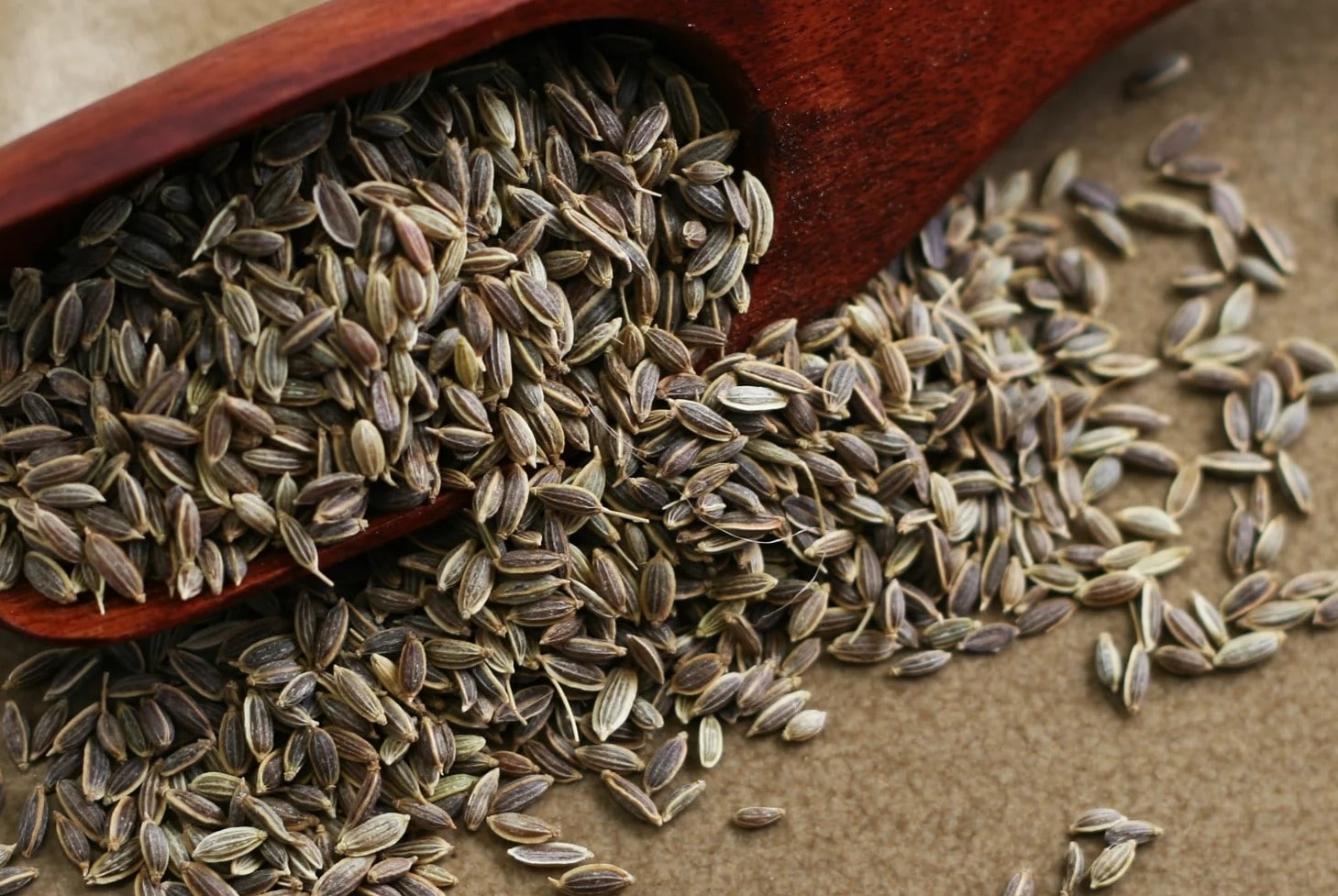

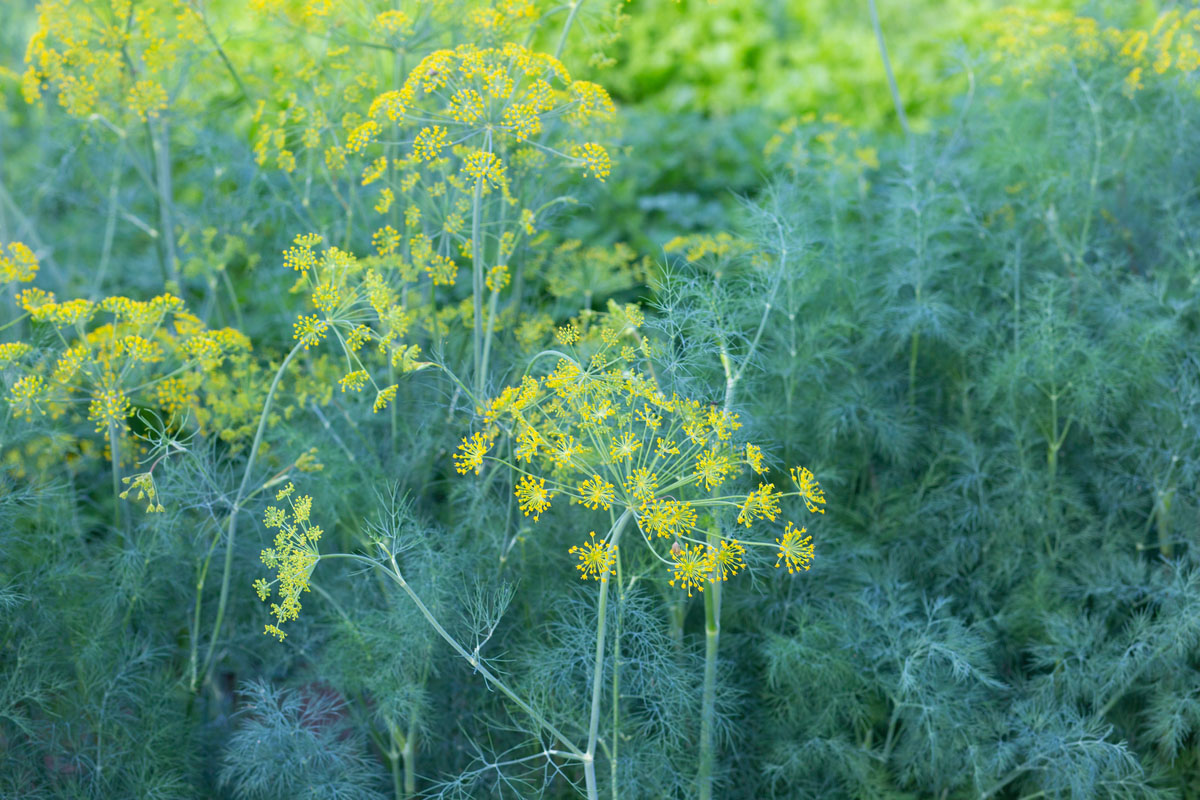
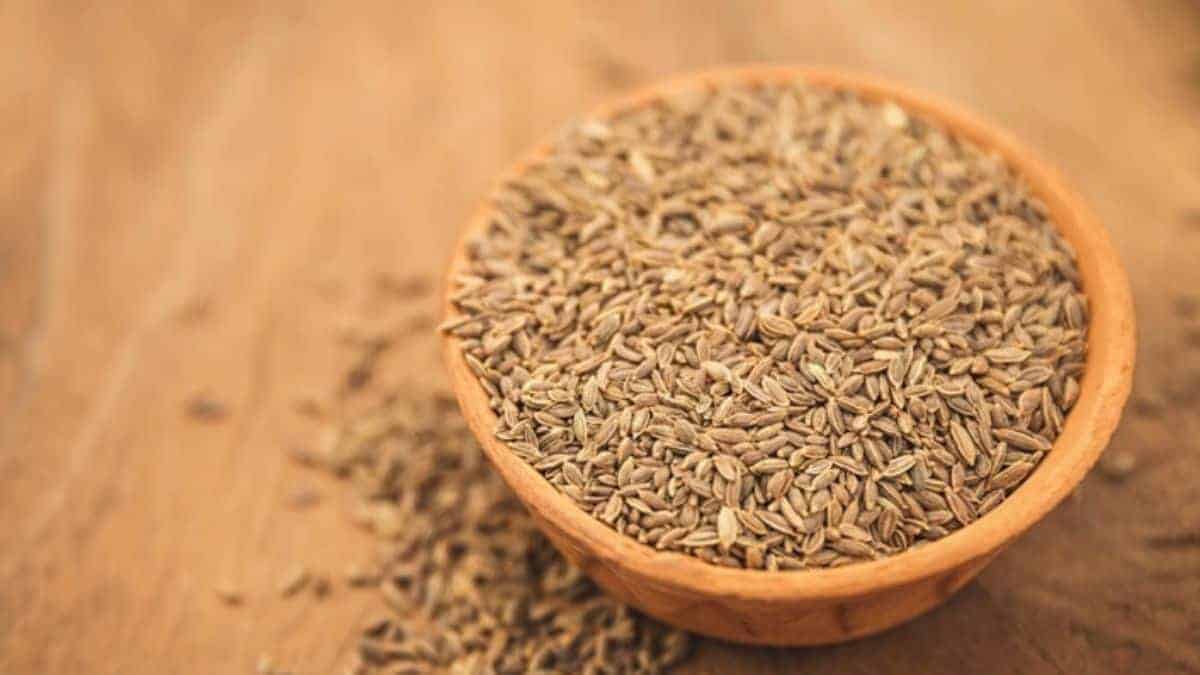
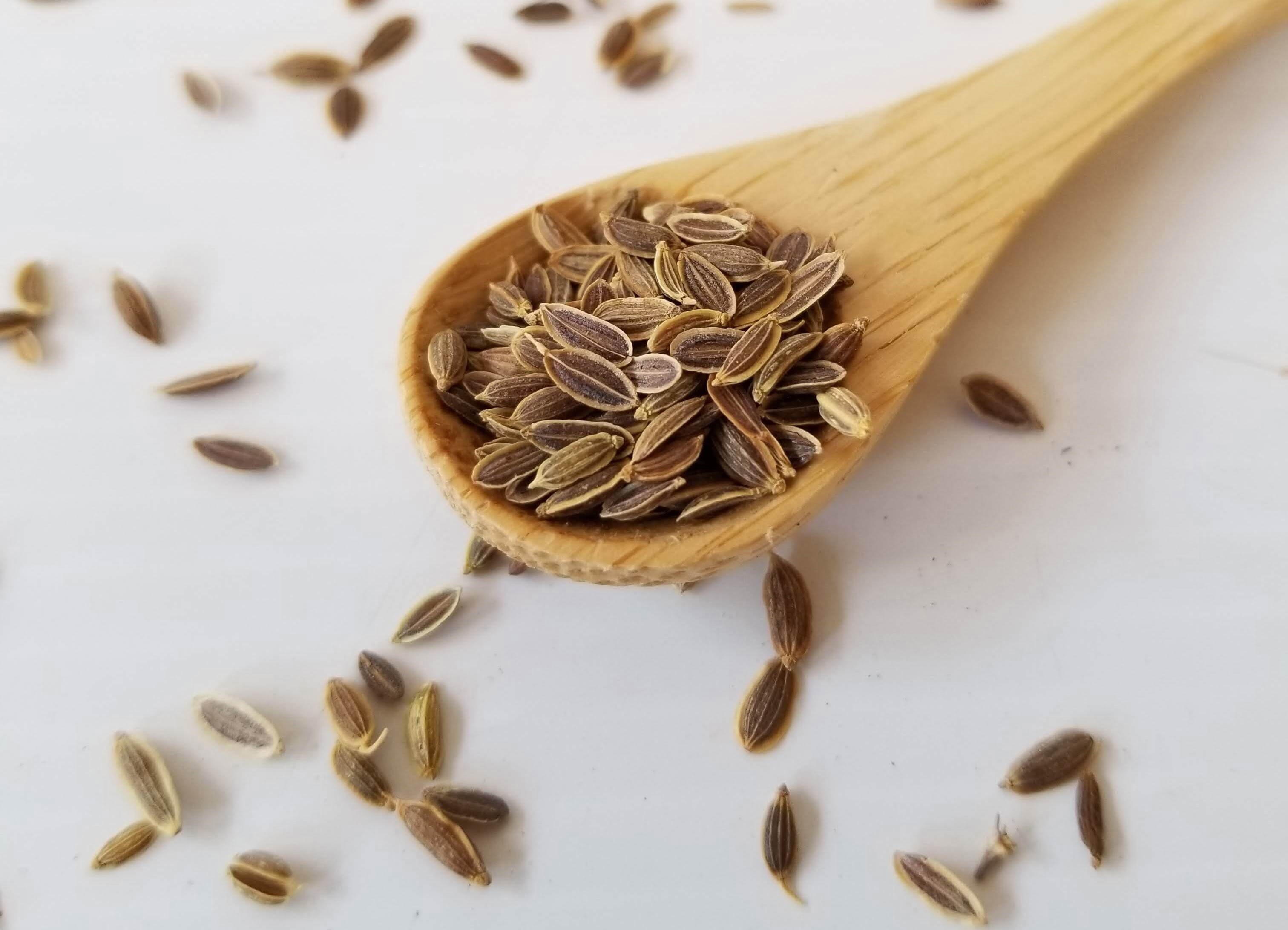
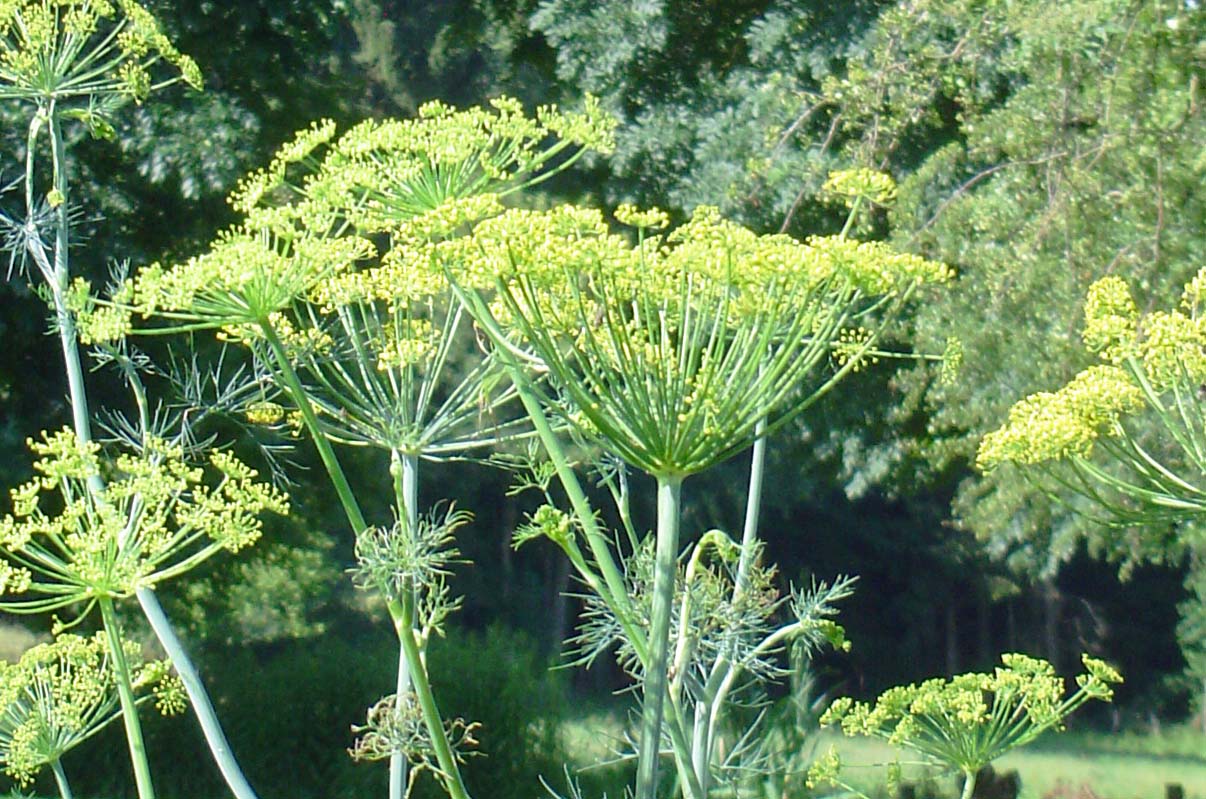


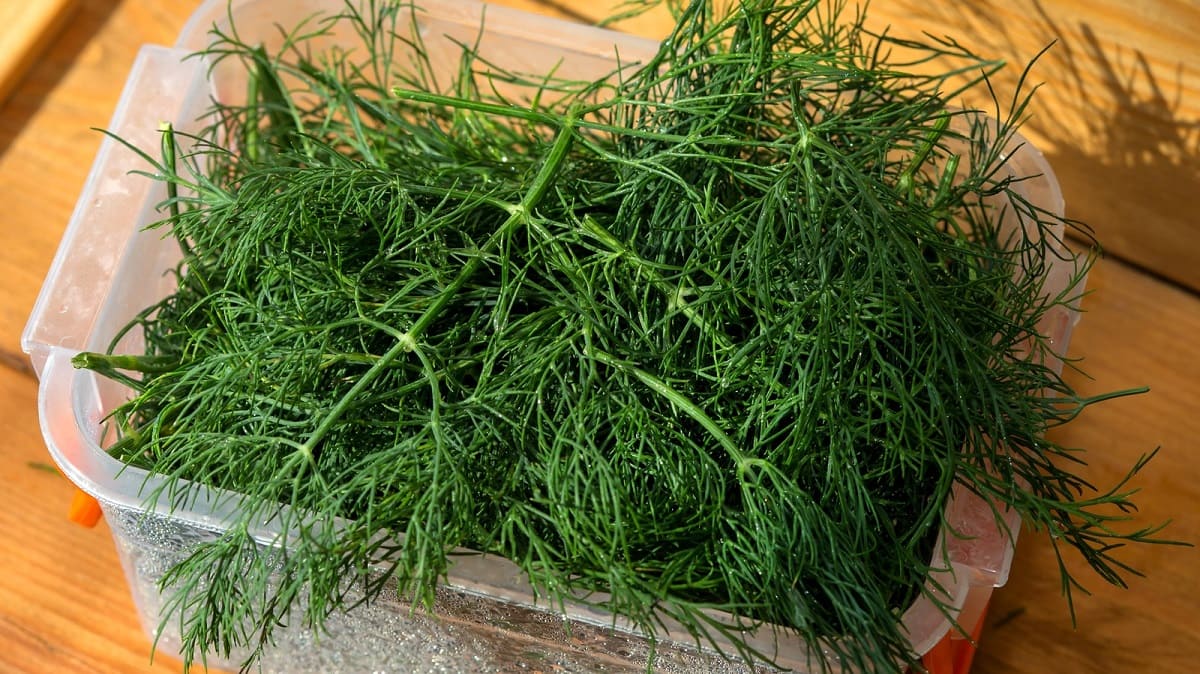
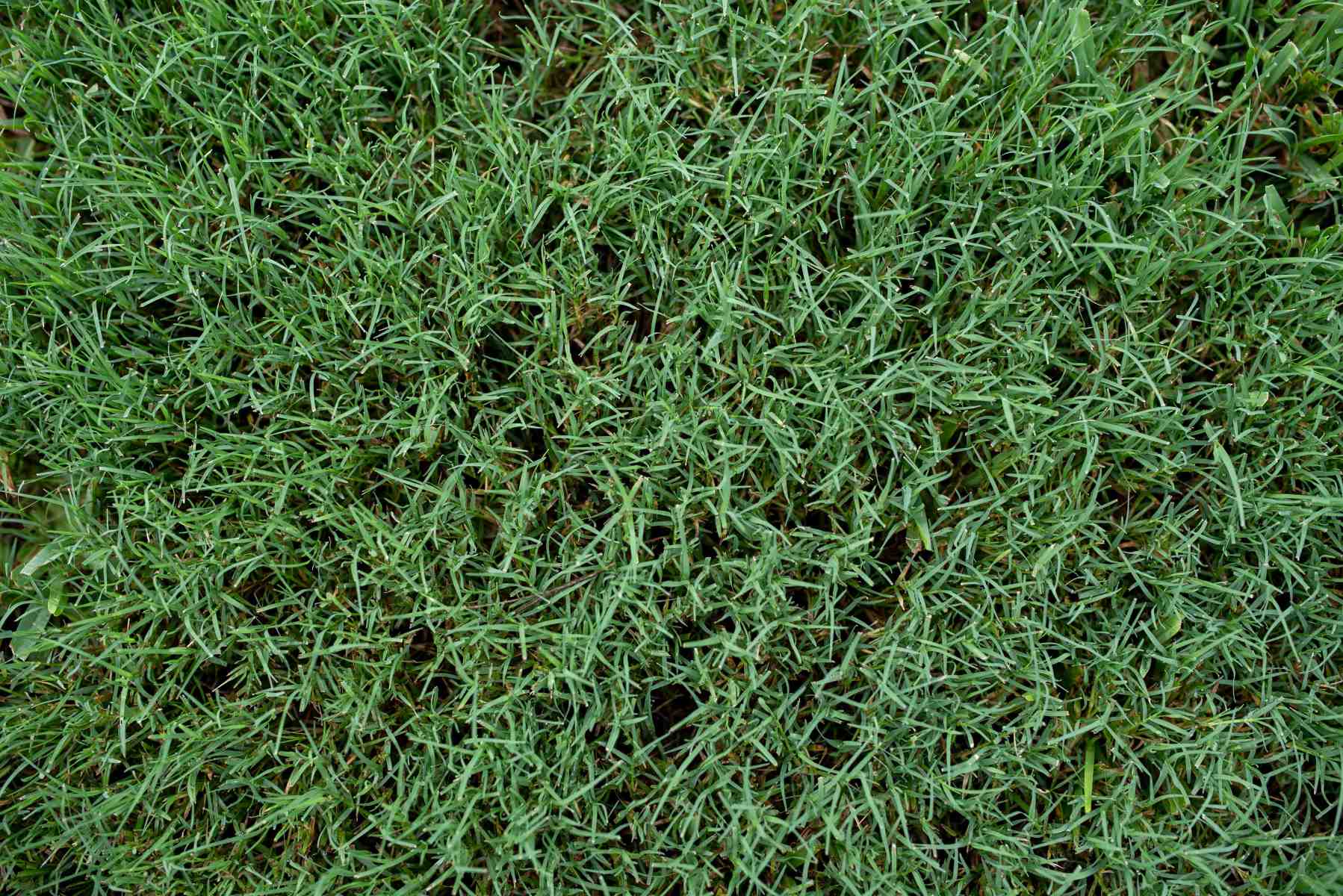
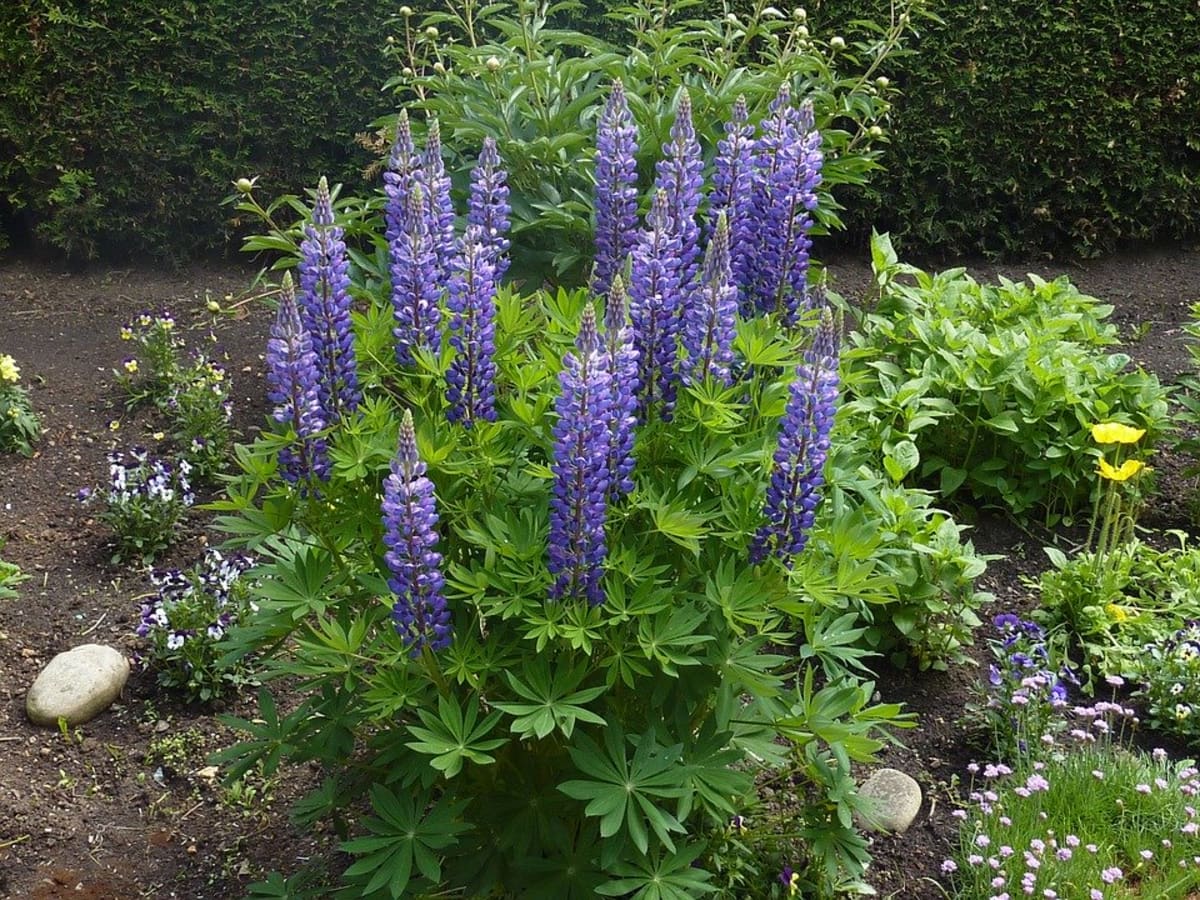
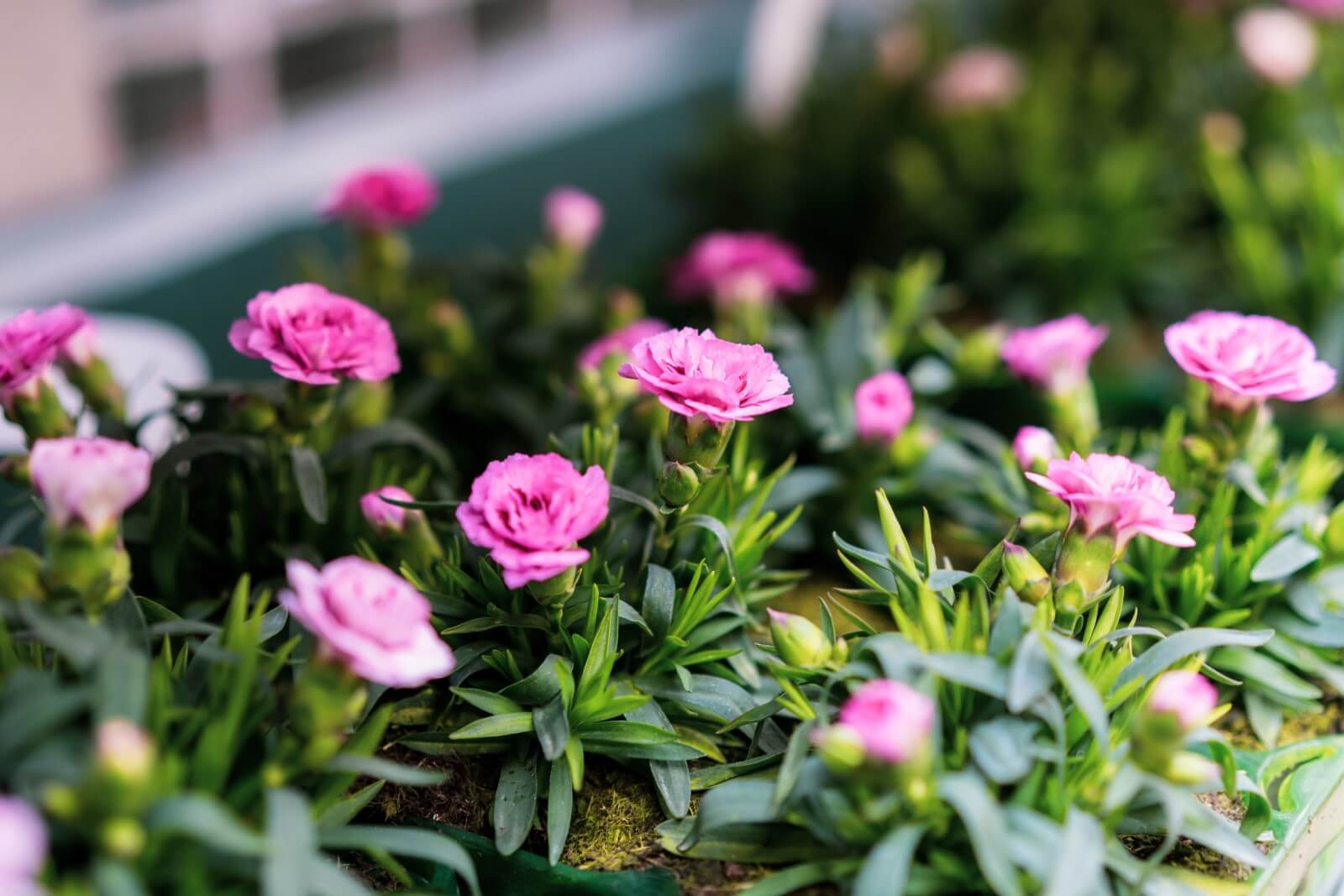
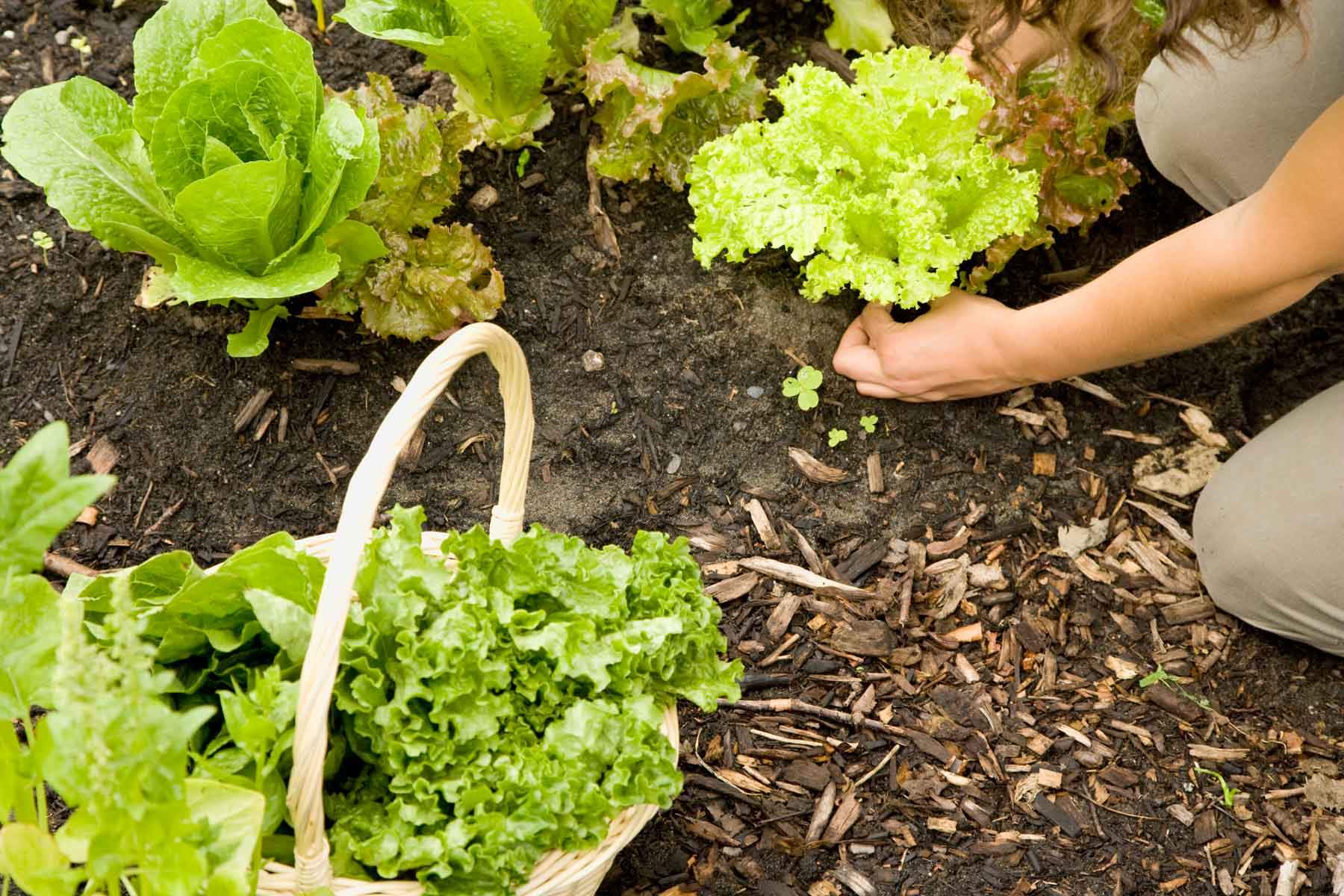

0 thoughts on “How To Plant Dill Seeds”